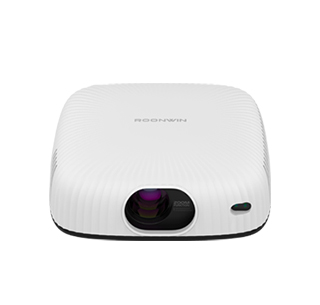
The High Dynamic Range (HDR) function of projector screens has emerged as a game - changer in the world of projection, significantly enhancing the visual quality by expanding the range of brightness, contrast, and color. HDR technology allows for a more accurate representation of real - world scenes, making the images on the screen more vivid, detailed, and lifelike.
At its core, HDR works by increasing the difference between the darkest and lightest parts of an image. Traditional displays have a limited dynamic range, often resulting in washed - out highlights and muddy shadows. In contrast, HDR - capable projector screens can display a much wider range of luminance values. For example, in an HDR - enabled movie scene with a bright sunlit sky and a dark forest below, the HDR screen can accurately show the intense brightness of the sun without overexposing the details in the clouds, while also revealing the fine textures and colors in the shaded areas of the forest.
To achieve the HDR effect, several components work in tandem. First, the content itself must be encoded with HDR metadata, which contains information about the optimal brightness, contrast, and color settings for each scene. The projector then reads this metadata and adjusts its output accordingly. HDR - compatible projectors are designed to produce a higher peak brightness and deeper blacks compared to standard projectors. They often use advanced light - source technologies, such as high - power LEDs or laser light sources, to achieve the required luminance levels.
The projector screen also plays a crucial role in the HDR experience. Screens with higher gain values can help to enhance the brightness of the projected HDR images, making the highlights pop. Additionally, screens with good black - level performance are essential for displaying the deep shadows accurately. Some HDR - optimized screens are also designed to have better color - rendering capabilities, ensuring that the wide color gamut associated with HDR content is reproduced faithfully.
The HDR function has a profound impact on various types of content. In movies and TV shows, it adds a new level of realism, making the viewing experience more immersive. In gaming, HDR can enhance the visual effects, such as the glow of a fire or the reflection of light on water, providing gamers with a more engaging and realistic gameplay experience. In professional applications, such as video editing and photography, HDR allows for more accurate color grading and image analysis.
However, implementing the HDR function also comes with challenges. Compatibility between different HDR standards (such as HDR10, Dolby Vision, and HLG) can be an issue, as not all projectors and screens support all standards. Additionally, achieving optimal HDR performance requires careful calibration of the projector and screen, taking into account factors such as room lighting, viewing distance, and the specific characteristics of the content. Despite these challenges, the HDR function is becoming increasingly popular, as it offers a significant improvement in visual quality and is set to become a standard feature in high - end projector screen systems.
Read recommendations:
HW30 Home Cinema - HW Series Projector
Projector Lens Cleaning Methods
Advantages of 3LCD Projectors





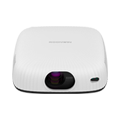
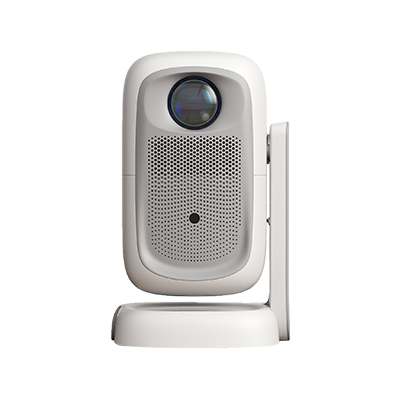

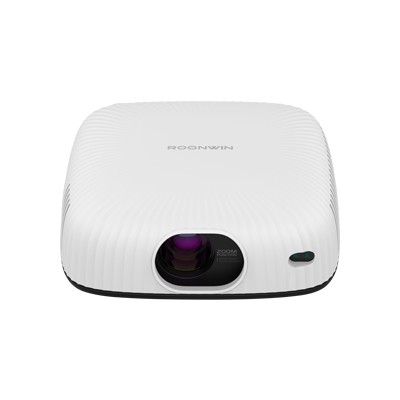









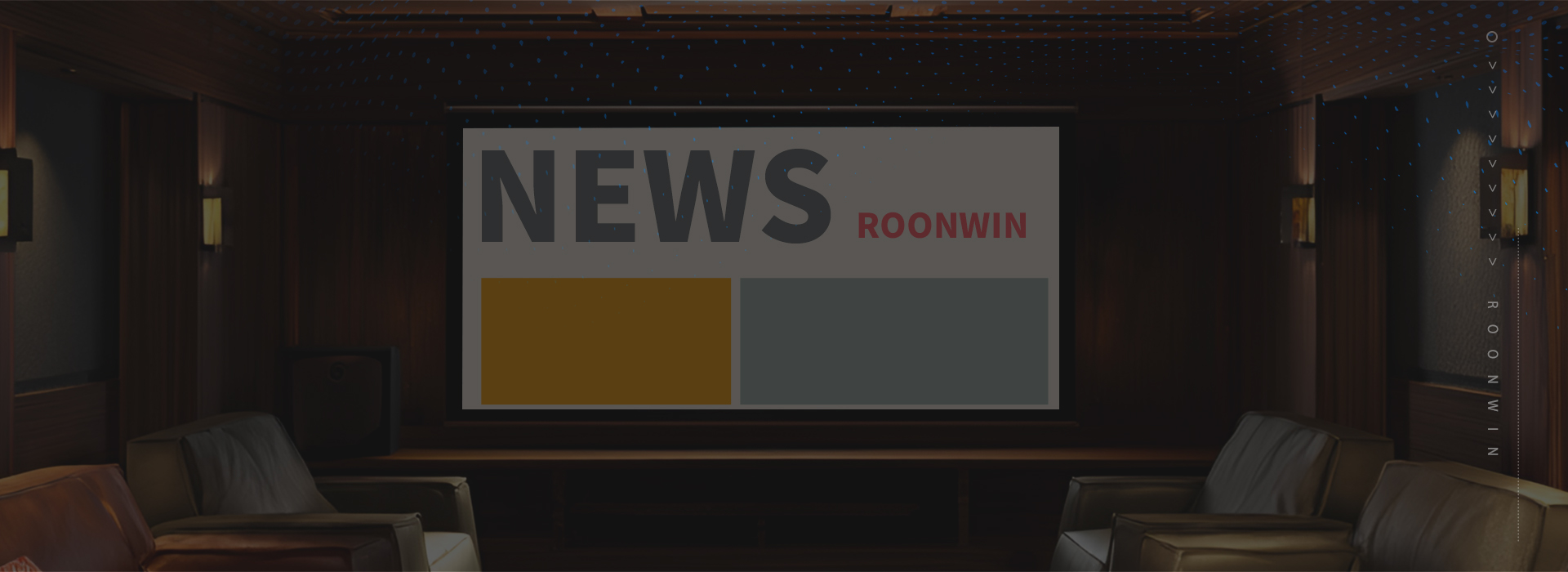

 Reviewed:
Reviewed:











